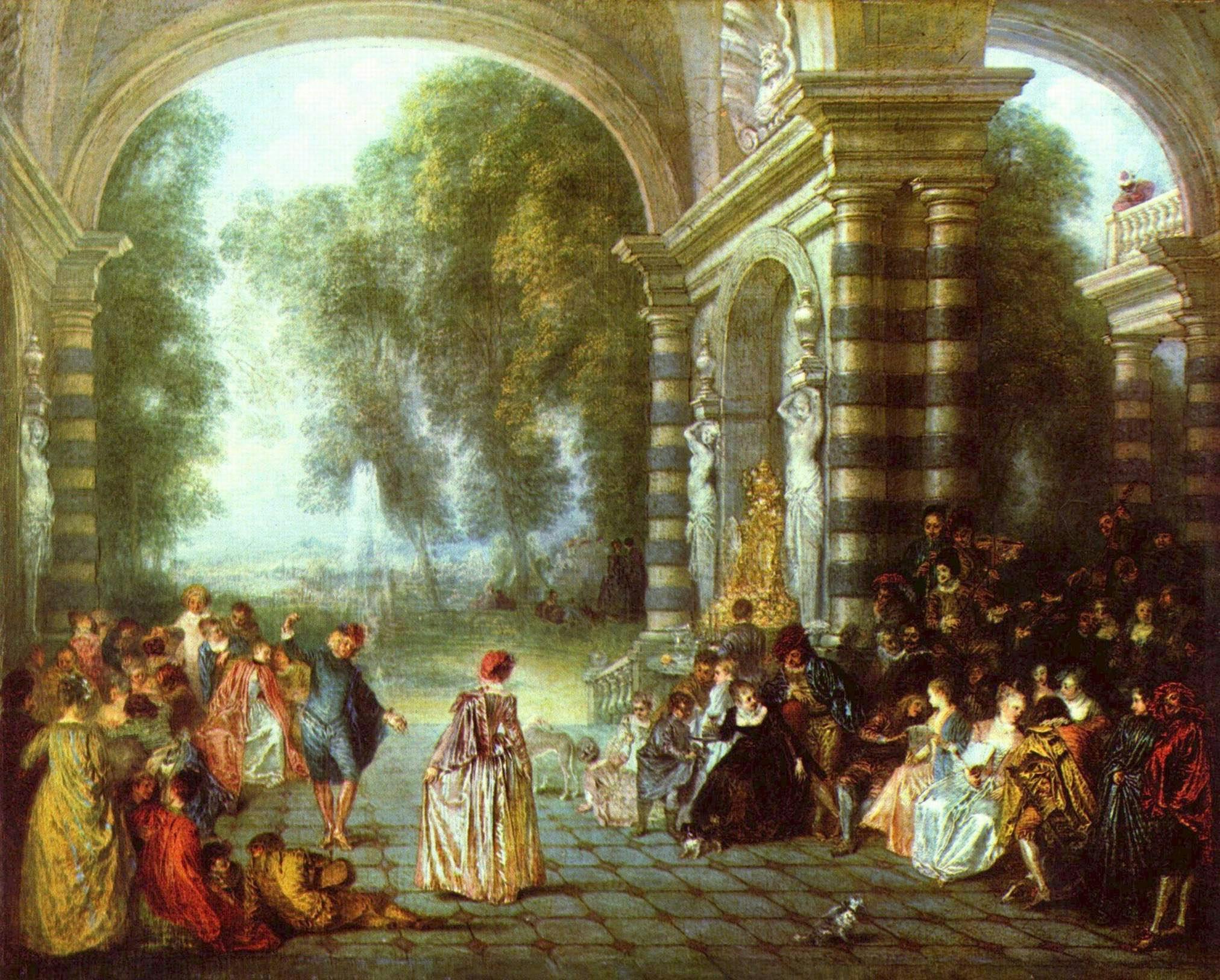
The Evolution of Agreements in Commerce and Organizational Structures:
From Stone Tablets to NFTs
The journey of human civilization is deeply intertwined with our ability to record, validate, and transmit knowledge. Agreements, as foundational elements, have undergone significant transformations. From ancient stone tablets to NFTs, let’s explore this evolution, especially in the realms of commerce and organizational structures.
The Dawn of Agreements: Stone Tablets
Ancient stone tablets, etched with cuneiform or hieroglyphics, served as pivotal communication tools and transaction records. The Sumerians, for instance, recorded trade agreements, debts, and property rights on these tablets. Such tangible records enabled flourishing long-distance commerce in ancient cities. Additionally, bureaucratic systems, like that of ancient Egypt, hinged on these tablets for structured governance and administration.
The Paper Revolution
The advent of paper marked a paradigm shift. Lightweight and portable, paper facilitated quicker information dissemination. Its origins, traced back to ancient China, saw applications in trade records, promissory notes, and imperial decrees. This malleable medium fueled the emergence of banking systems, promissory agreements, and intricate financial instruments. Organizational structures evolved alongside, with hierarchical entities like empires and corporations leveraging paper documentation for efficient administration.
The Digital Age and NFTs: Instruments of Trust and Governance
With the digital era came challenges of trust in an easily duplicable environment. NFTs (Non-Fungible Tokens), though frequently associated with digital art, encompass a broader spectrum of trust and governance in the digital realm.
Beyond Digital Art: The Versatility of NFTs
NFTs, in their essence, are unique cryptographic assets on blockchains, assuring authenticity in a vast digital space. Their applications span:
1. Real Estate & Property Rights: Tokenized property deeds enable transparent property transactions.
2. Intellectual Property & Licensing: Creators can tokenize their work, ensuring direct royalties from sales or usage.
3. Decentralized Finance (DeFi): NFTs can represent unique financial instruments or even act as loan collateral.
4. Identity Verification: NFTs can represent identification forms, bolstering security.
5. Governance and Voting: They can represent voting rights within decentralized entities, ensuring transparent governance.
At their core, NFTs are champions of trust. Traditional systems often vested trust in centralized entities. NFTs, with blockchain’s decentralized nature, ensure trustworthiness in a decentralized format, eliminating intermediary requirements in many transactional scenarios.
NFTs and Sustainability: A Greener Model?
The ecological footprint of traditional commerce, particularly the paper industry, is undeniable. The environmental impact spans deforestation, chemical pollution, water usage, and carbon emissions, further exacerbated by the logistical demands of paper distribution.
NFTs, inherently digital, negate the need for paper. This, when juxtaposed with their potential as substitutes for certain paper-based systems, brings their sustainability to the forefront.
Moreover, the evolution from energy-intensive PoW blockchains to the more efficient PoS blockchains, now hosting a majority of NFTs, further amplifies the green potential of NFTs.
When weighing NFTs against traditional systems and accounting for blockchain advancements, they embody the promise of sustainability. With innovation and sustainability intersecting seamlessly, NFTs herald a future where trust, efficiency, and ecological consciousness coalesce.
Revisiting the Heartbeat of Civilization: Agreements
As we reflect upon the journey of agreements, from the tactile etchings on stone tablets to the intricate cryptographic design of NFTs, it becomes evident that our endeavors have always been driven by the need for trust and understanding. Each epoch in this journey has redefined commerce and governance, transforming societies and economies.
Stone tablets laid the groundwork for organized commerce and governance. Paper expanded these realms, introducing bureaucracy and global trade. Today, NFTs promise a future of decentralized trust, reshaping how we perceive value, ownership, and collaborative decision-making.
In essence, the very fabric of our commercial and organizational structures has been woven by the threads of agreements. As we embrace the digital age and the myriad possibilities of NFTs, it’s vital to remember the core principles of trust, transparency, and collaboration. These are the guiding stars that have navigated us through centuries and will continue to chart our course into the future.
